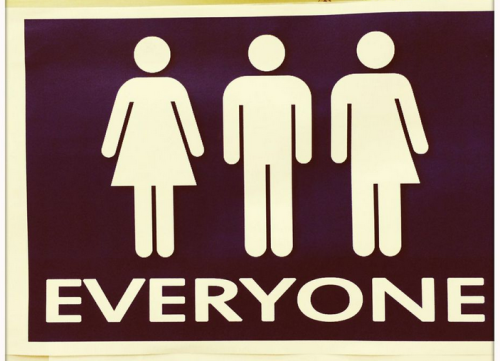Vergara, Camilo Jose. “How The Streets Honors MLK.” The Nation 9–2 2013:
p.18–20. Web.
Picture: http://www.thenation.com/article/how-streets-honor-martin-luther-king-jr/
In this article, written by Camilo Vergara, the writer explains another form of art that people like to do in order to honor Dr. Martin Luther King Jr. The writer has went out to many inner city locations in cities like New York, Los Angeles, and Latin American countries and he has encounter all different types of graffiti on buildings that showed MLK, and other civil rights activists, drawn on the walls. Even though vandalism is considered a crime, people appreciate the murals and have something to believe in.
This article shows how buildings can become significant with just a quick art decision. It brings hope to people who might not have known what hope is. I chose this article because I believe that it goes well with my interior building environment paper. It helps with the idea of how important Dr. Martin Luther King Jr. is to not only Atlanta but the world.

Santoro, Gene. “At the Museum.” American History Apr. 2014: p73. Web.
From this article, readers get a look inside a photo gallery in Washington D.C that shows the different struggles of Dr. Martin Luther King Jr. In this room, people are able to understand the event that MLK had to go through. There are events like the Albany Movement in 1961, the boycott of buses in Birmingham and the march to have voting rights in Selma. The fight for civil rights in the 1960s has people like MLK being easily appreciated in the world.
This environment shows me how many people will like to get a better understanding of what happened during the civil rights movement. I believe that this article will be useful because I can compare this exhibit with the one here in Atlanta when it comes to my interior building environment. This article is also similar to “How the Streets Honor MLK” article because it shows a different way that people can see MLK.
Brown, Elizabeth Nolan. “Why Aren’t There More Unisex Bathrooms?” Reason July 2014: p68– 69. Web.
Picture: http://toiletbook.tumblr.com/
In this article, the author expressed their frustration with not having enough unisex bathrooms. With issues that come up with things like transgenders, moms taking their sons to the bathroom, or a wife needing to help her handicapped husband, a unisex bathroom would seem like the solution to these issues. However, there are codes (IBC) that go based on the amount of people that are going to be inside a building. These codes determine the amount of restrooms that are needed and it seems that most of the time just having unisex restrooms are not enough.
This article shows me that more unisex restrooms are needed so that everyone can be accommodated. It is a helpful article because it will allow me to not only discuss the civil rights movement in the 1960s but also some discrimination issues that we have today. It shows that we are getting too comfortable in our society and need to wake up so that everyone can feel safe and respected.
